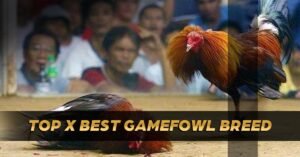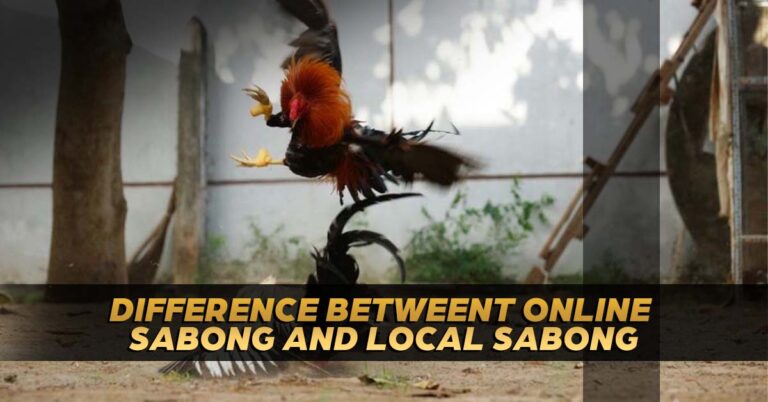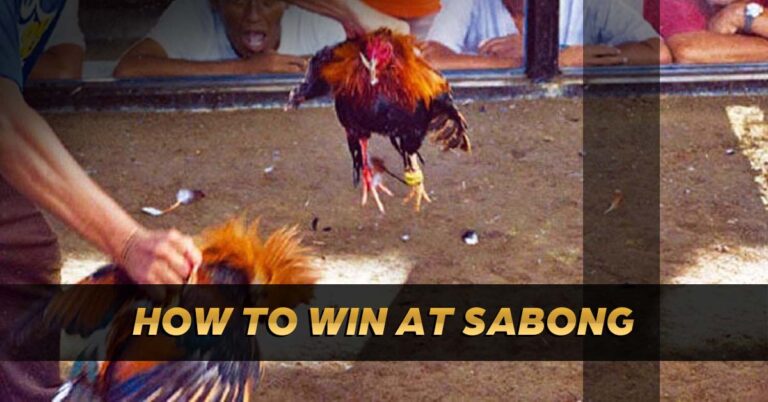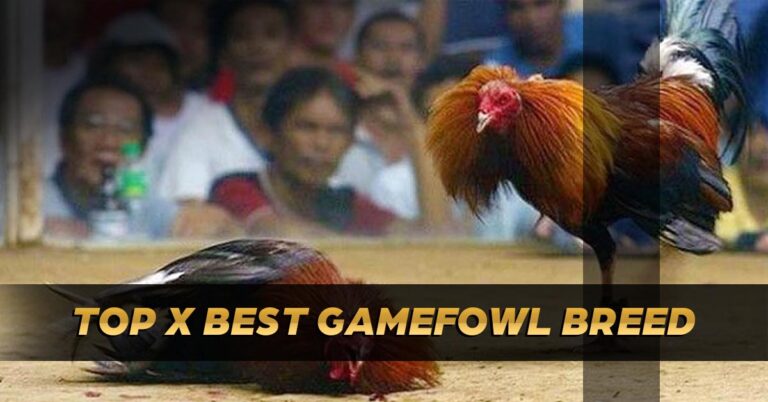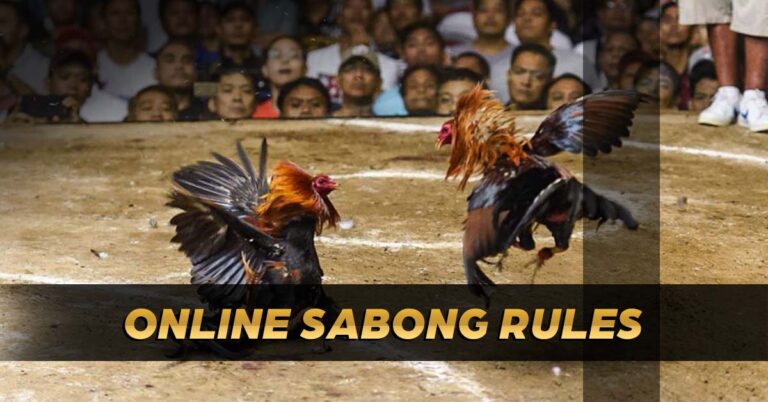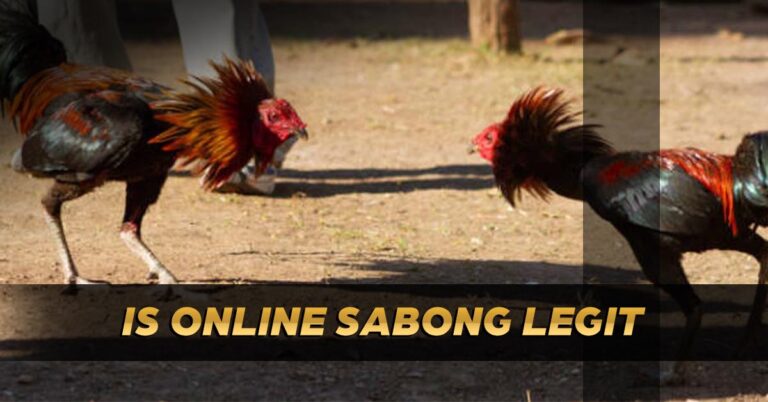The Legacy Why Sabong is so Popular in the Philippines
In the heart of the Philippines, a cultural phenomenon known as Sabong has captured the attention and passion of millions. Sabong, or cockfighting, is a Filipino cultural tradition. This ancient sport Sabong is so Popular and highly organized form of entertainment. This article explores Sabong’s history, socio-cultural value, and reasons for its appeal in the Philippines.
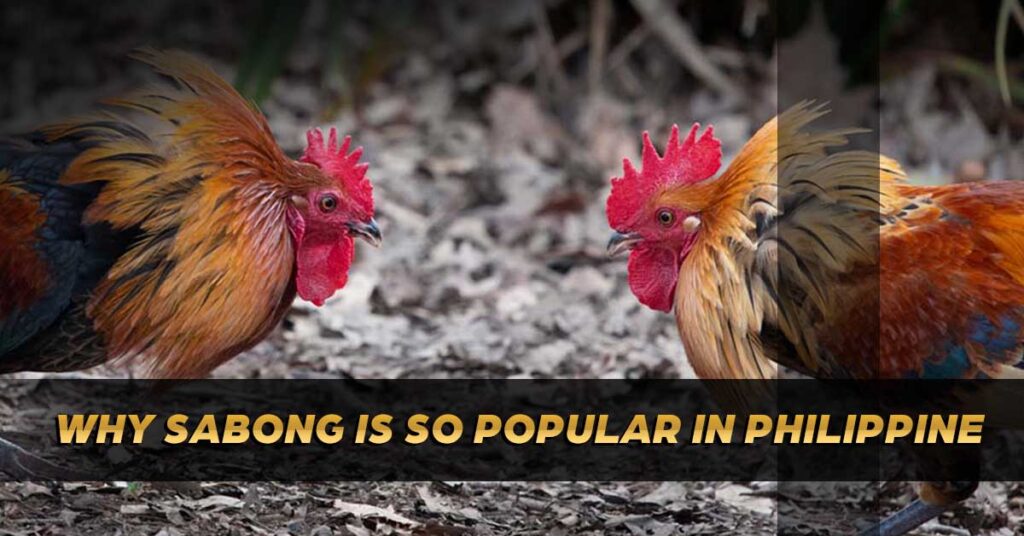
Rooted in History
Sabong has a long and interesting past that goes back hundreds of years. Before Europeans came to America, native groups held cockfights as part of religious events. This is where the tradition comes from. In the 16th century, when the Spanish came to colonize the area, the practice changed as native customs were mixed with European ideas.
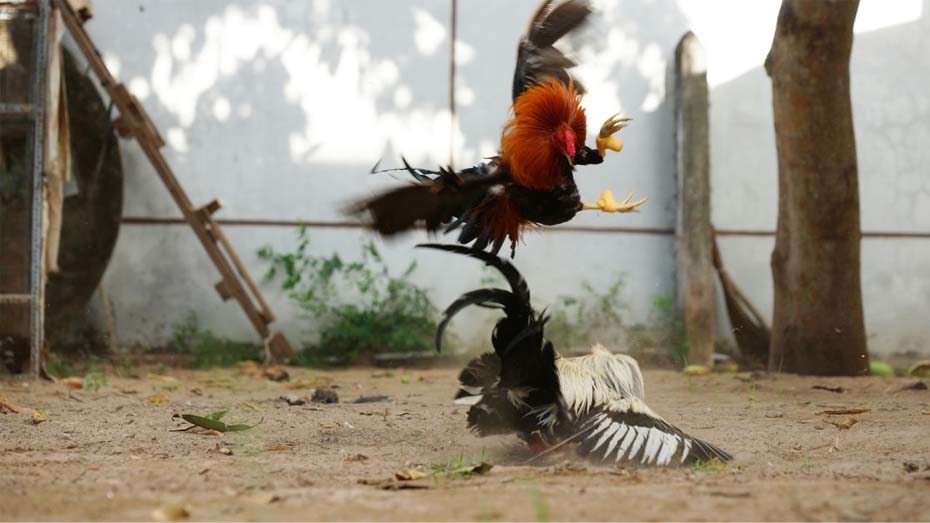
At first, the Spanish colonizers tried to stop Sabong because they thought it was a pagan rite. But they quickly realized how widespread it was and decided to control and tax it. Cockfighting stadiums, also called “sabungan” or “gallera,” started to appear, giving the fights a safe place to happen. At this point, Sabong became a more planned game with a focus on watching.
The Social and Cultural Importance
Sabong is more than just a game; it’s a social event that brings people together. In a sabungan, the mood is electric, with fans cheering loudly for their favorite roosters. Participants and viewers of the sport feel closer to each other, regardless of their social or economic background.
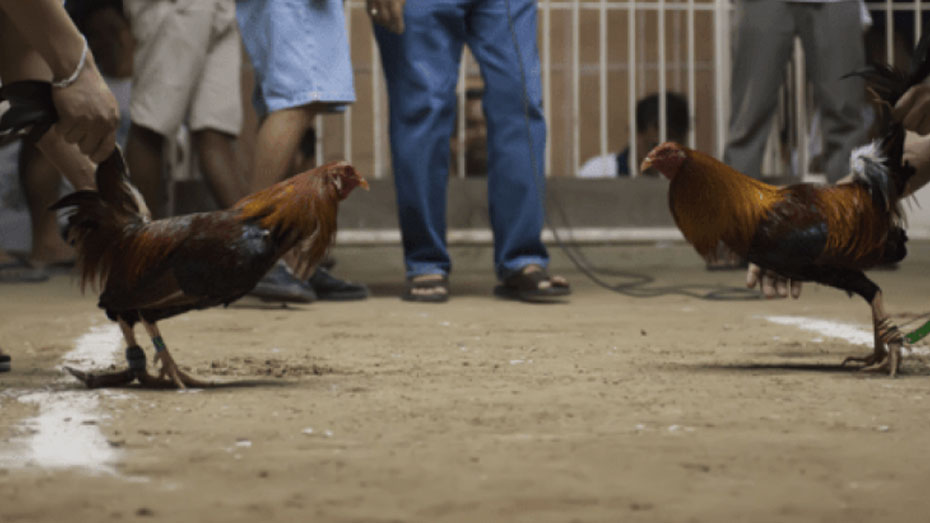
Also, Sabong has a lot to do with Filipino mythology and folklore. A very important animal in Filipino society is the rooster, which stands for bravery and strength. Many people think that cockfighting shows how fiercely Filipinos are spirited, and having a winning gamecock is a source of pride and honor.
Influence on Economic Growth
In addition to being important to culture, Sabong is also a big part of the Philippine economy. A multimillion-dollar business is built around breeding, training, and selling gamecocks. Many people’s jobs depend on how well gamecocks do in the arena, from small breeders in people’s
backyards to large-scale businesses.
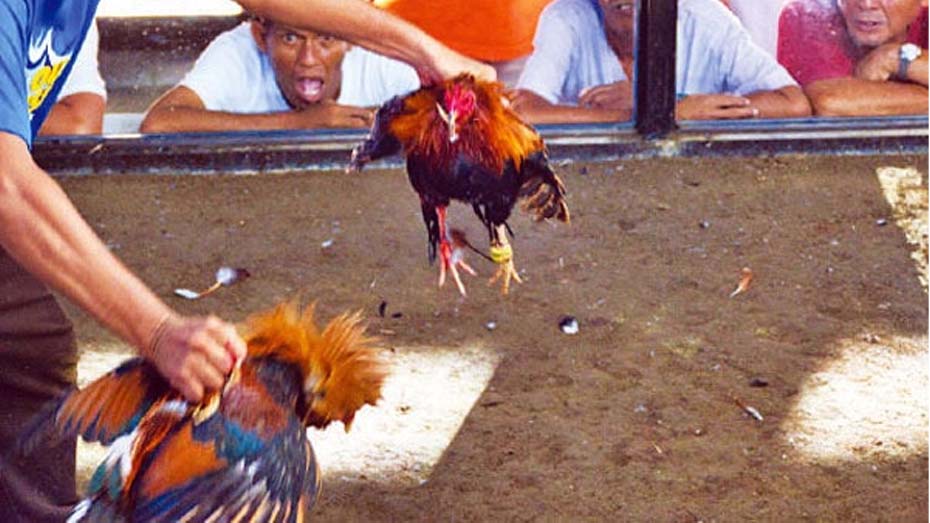
The effect on the economy includes related fields like making feed, providing medical services, and building and maintaining sabungan facilities. Also, Sabong events bring in a lot of people, which is good for local companies and tourism in the places where they happen.
The Legal Situation Why Sabong is so Popular
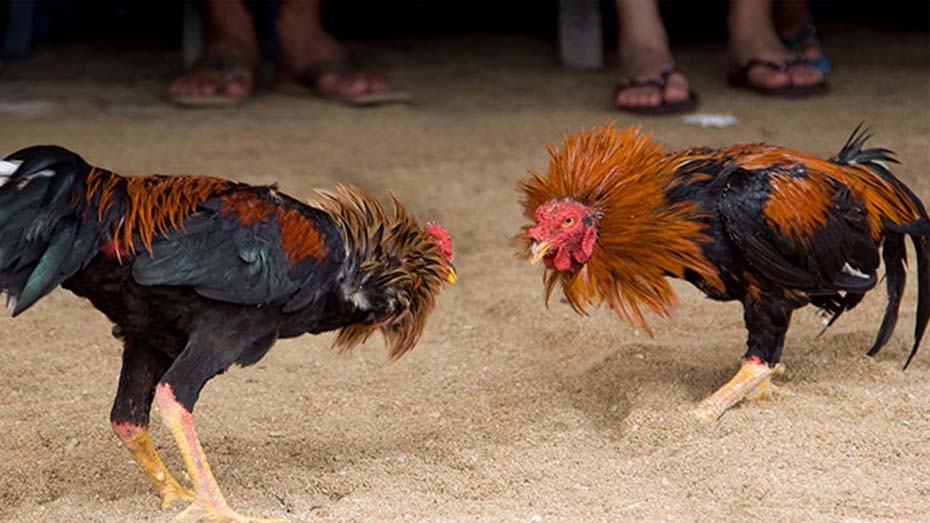
Even though Sabong is an important part of Filipino culture, its legal position has been debated. People have tried to control or even ban the practice in the past because they were worried about animal welfare and problems with gambling. But the problem is complicated, and the sport is important to many cultures. This has made the law more complicated. At this point, Sabong is controlled by different laws and local rules, which make sure that the roosters’ well-being is considered. There are rules about the length of matches, the size of the blades that can be connected to the roosters, and veterinary standards.
The Future of Sabong
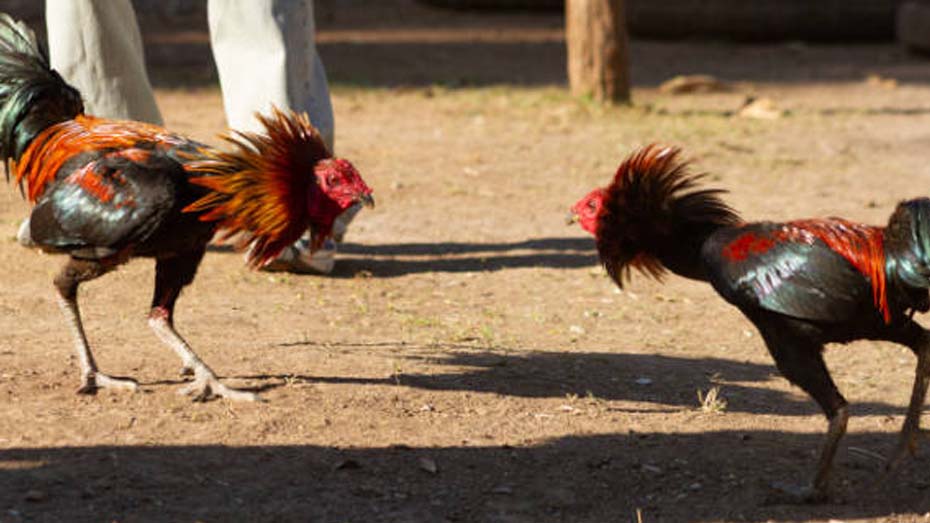
Even though traditional norms have changed, and the law has been tough in recent years, why Sabong is so popular? Today, it has not only survived but expanded. Technology has added new aspects to the sport. Online betting and live streaming have made it possible for people all over the world to watch. Just like the Philippines changes over time, Sabong does too. The hard part is finding the right balance between protecting traditional heritage and dealing with problems in the present. No matter if you think of Sabong as a traditional art form, a fun activity, or something that causes a lot of debate, it has had a huge effect on Filipino society.
FAQs
Conclusion
There are many reasons why Sabong is so popular in the Philippines. These include history, culture, and the economy. It’s not just a sport; it’s a live example of how cultural practices can last and change over time. Filipinos remember their shared history and the spirit of the game through Sabong, which stands as a symbol of cultural continuity as the country faces the challenges of modernity.



